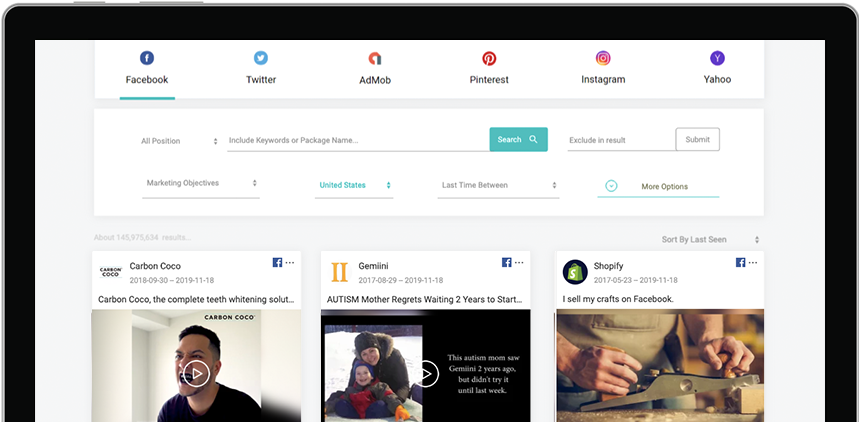How to Write Ad Copy: Mastering the Art - A Comprehensive Guide
In the fast-paced realm of online advertising, where fleeting attention spans and intense competition prevail, mastering the art of ad copywriting becomes pivotal. Ad copywriting, a strategic crafting of text in advertisements, is the linchpin connecting businesses with their target audience. This comprehensive guide explores how to write ad copy, encompassing the nuanced techniques to evoke emotions, convey essential information, and drive desired actions from the audience.

Understanding Your Audience
Knowing Your Target Audience
To write compelling ad copy, one must first understand the audience it aims to reach. Knowing your target audience involves delving into demographic data, psychographics, and consumer behavior. By understanding who your customers are, their preferences, and pain points, you can tailor your ad copy to resonate with them on a deeper level.
Tips for Conducting Audience Research
Utilize Analytics Tools: Leverage tools like Google Analytics, social media insights, and customer surveys to gather data about your audience.
Create Customer Personas: Develop detailed personas representing different segments of your target audience, including their goals and challenges.
Monitor Social Media Interactions: Pay attention to discussions on social media platforms to gain real-time insights into customer sentiments.
Read More


Researching Your Product or Service
Understanding Unique Selling Points (USPs)
Before penning down a single word of ad copy, it's crucial to identify and understand the Unique Selling Points (USPs) of the product or service. USPs are the distinctive features that set a product apart from its competitors, answering the fundamental question: "Why should customers choose this?"
Conducting Thorough Research
SWOT Analysis: Perform a SWOT analysis (Strengths, Weaknesses, Opportunities, Threats) to assess the internal and external factors affecting the product.
Competitor Analysis: Study competitor offerings to identify gaps or areas where your product excels.
Customer Reviews and Feedback: Dive into customer reviews to understand perceptions and gather insights for improvement.
Read More
Crafting a Compelling Headline
The Impact of a Strong Headline
In a world bombarded with information, a strong headline is the gateway to capturing audience attention. It must be concise, compelling, and immediately communicate value. Statistics reveal that 80% of users only read headlines, making it a make-or-break element in ad copy.
Tips for Creating Attention-Grabbing Headlines
Be Concise and Clear: Use concise language to convey the main message without ambiguity.
Evoke Emotion: Tap into emotions that resonate with your audience, whether it's excitement, curiosity, or urgency.
Include Numbers or Statistics: Incorporate relevant numbers or statistics to add credibility and draw attention.
Read More


Writing Persuasive Body Copy
The Structure of Effective Body Copy
While a headline grabs attention, the body copy sustains it. Effective body copy follows a logical flow, presenting information in a way that maintains interest and encourages the reader to take the desired action.
Guidance on Using Persuasive Language
Focus on Benefits: Clearly articulate the benefits of the product or service to the consumer.
Use Power Words: Incorporate persuasive language, such as "exclusive," "guaranteed," or "limited time," to instill a sense of urgency or exclusivity.
Tell a Story: Craft a narrative that connects with the audience emotionally, making the product or service more relatable.
Read More
Frequently Asked Questions
What is the role of ad copy in online advertising?
How important is audience research in ad copywriting?
Why is a strong headline essential in ad copy?
How can I seamlessly integrate keywords into ad copy for SEO?
Why is A/B testing important in ad copywriting?
Conclusion
In the dynamic realm of online advertising, the continual journey of mastering how to write ad copy is essential. Marketers, by comprehending the fundamentals, embracing creativity, and staying informed about industry trends, can skillfully craft ad copies. These copies are designed not only to capture attention but also to foster meaningful engagement and drive conversions. Navigating the intricacies of digital marketing, one constant prevails: the transformative power of well-crafted ad copy to leave a lasting impact in the hearts and minds of the target audience.